Longest Wars In The World: Top 10 History
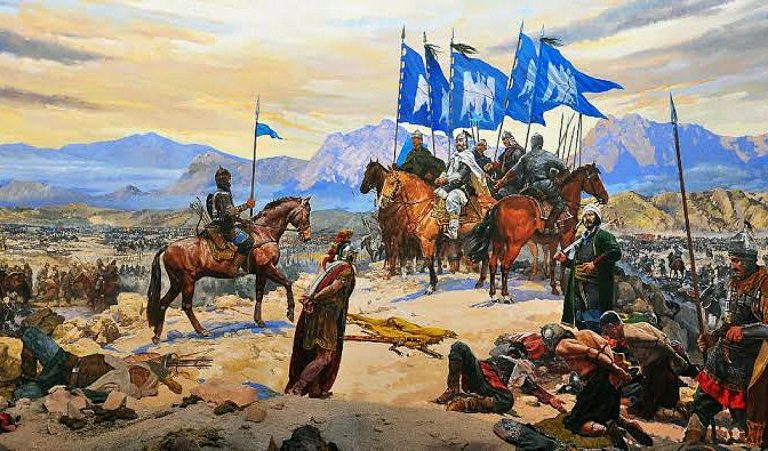
Wars are battles, or diplomatic disputes, often arise from disagreements over natural resources or a quest for power, influence, and wealth. Significant clashes involving nations, peoples, or political groups have the potential to reshape the global cultural and political landscape, leading to shifts in societal values and power dynamics, whether intentionally sought or not.
While some wars are swift, particularly for nations with substantial military resources, this is not always the case. In an era before advanced technology enabled long-range warfare, opposing forces could retreat, seek refuge in fortified strongholds, and bide their time before reengaging in combat. This historical reality allowed certain conflicts to persist for decades, and even centuries.
To be featured in this compilation, a conflict had to meet the criteria of being an openly declared armed conflict between political entities, such as sovereign states, or rival factions within the same state, as seen in civil wars. Furthermore, the conflict needed to endure over an extended period, with the intention of resolving political or territorial disputes.
Longest Wars In The World: Top 10 History
- Thirty Years' War
- Iberian religious war
- Korean War
- Punic Wars
- Guatemalan Civil War
- Vietnam War
- War in Afghanistan
- World War II
- The Achinese War
- Great Northern War
1. Thirty Years' War
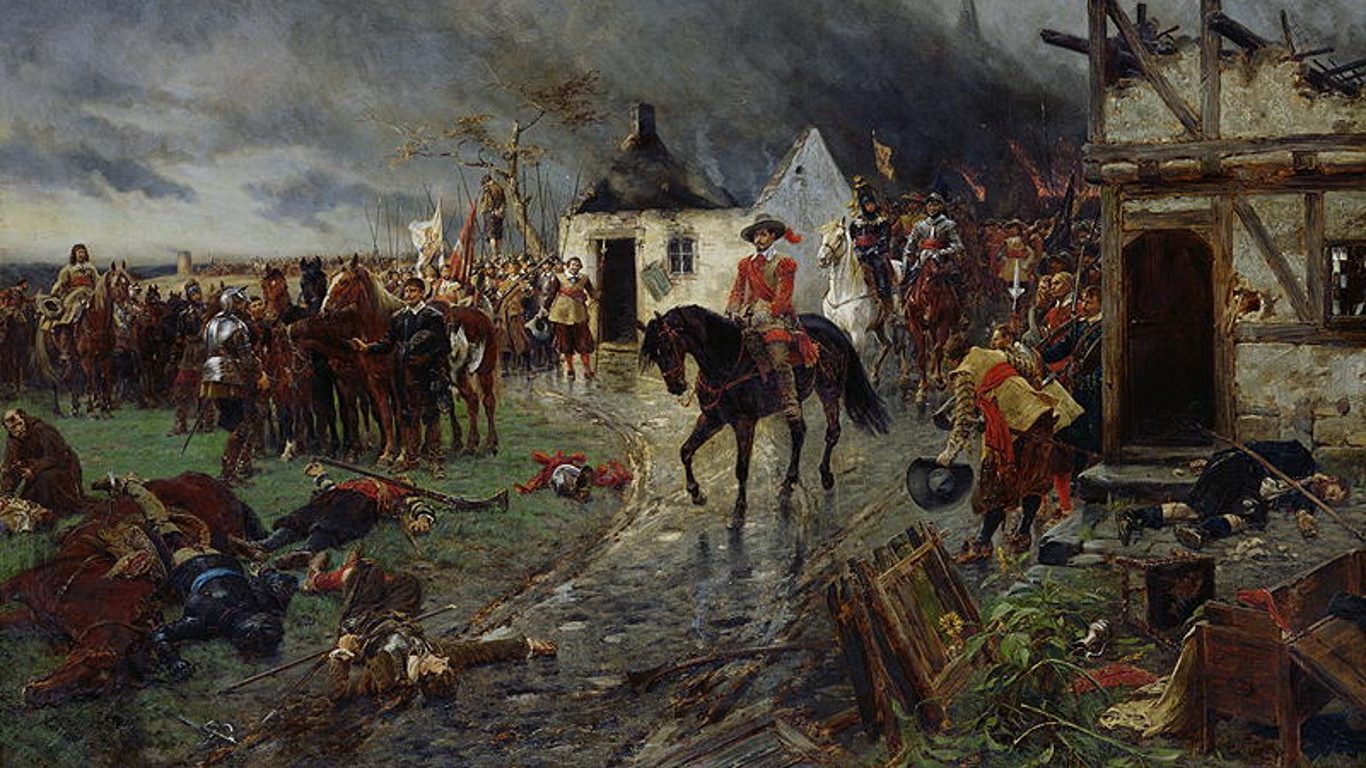
The conflict known as the Thirty Years War, spanning from 1618 to 1648, was a prolonged struggle between Protestant and Catholic factions in 17th century Europe. Emperor Ferdinand II of the Holy Roman Empire sought to impose Catholicism upon his subjects, contradicting a prior peace agreement that had granted Roman subjects the freedom to practice their own faith. This led to a rebellion among the nobility in what are now Austria and the Czech Republic.
After three decades of warfare, both sides eventually reached an agreement with the signing of the Peace of Westphalia treaty. This treaty delineated boundaries between the warring regions, establishing official borders and influencing the course of geopolitics for generations to come. The conflict resulted in a staggering loss of eight million lives.
2. Iberian religious war
READ ALSO » Shortest Wars In The World: Top 10 In History
The Iberian Religious War, also known as the Reconquista, stands as the lengthiest continuous conflict in history, lasting an astonishing 781 years from 711 to 1492. It pitted the Catholic Spanish Empire against the Moors, who resided in what is now modern-day Morocco and Algeria. The Moors, in their expansion across the Mediterranean, clashed with Spain, which was intent on safeguarding its Christian faith from non-Christian influence.
Although distinct from the Crusades, the Catholic Church lent its support to this war. By the 15th century, Moorish influence and territory began to dwindle. In the pivotal year of 1492, the Spanish recaptured Granada, solidifying their dominance in the region and marking the conclusive end of the Reconquista. This protracted conflict claimed the lives of an estimated 7 million individuals.
3. Korean War
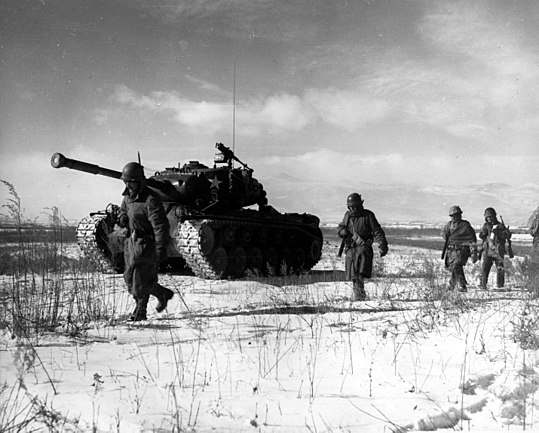
The Karen Conflict, which has endured for 72 years since 1949, involves the Karen National Union and the Burmese Tatmadaw, taking place in Myanmar. As Burma transitioned to an independent state after gaining freedom from British colonial rule in 1948, the Karen ethnic minority felt marginalized in the nation-building process and asserted their demand for self-governance.
Despite hopes for resolution with the election of Aung Sang Suu Kyi, a Nobel Peace Prize laureate and a widely admired leader, the Karen National Union continues to engage in conflict with the Myanmar army. In recent times, the group's numbers have dwindled, leading them to rely more on guerrilla tactics rather than full-scale battles. The exact casualty count remains unknown.
4. Punic Wars
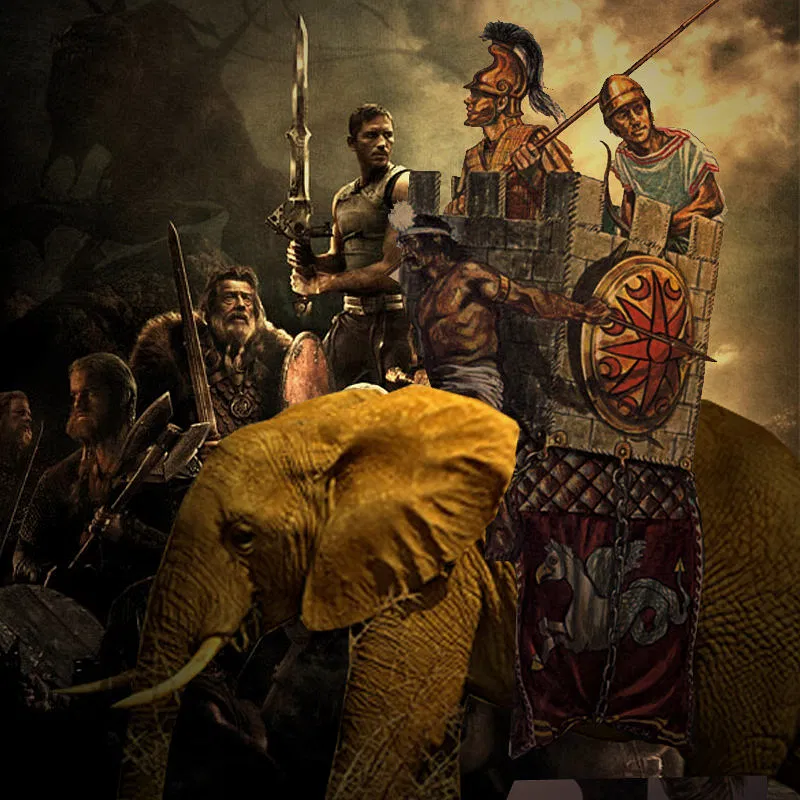
The Punic Wars, spanning from 264 to 146 B.C., were a series of conflicts between the Roman Republic and Carthage, fought in regions around the Mediterranean Seas. Much like the First World War, these wars originated from skirmishes among smaller factions, which escalated upon the involvement of major powers, namely Rome and Carthage.
The primary contention was control over the previously divided island of Sicily. Despite Carthage's superior wealth and greater military experience, internal corruption and misappropriation of military funds weakened its position. Unpaid mercenaries further exacerbated Carthage's challenges, allowing Rome to secure victory, particularly by defeating the formidable Carthaginian navy.
Ultimately, Rome emerged triumphant, decimating the city-state of Carthage and ascending as one of the most dominant forces in the world. The wars claimed the lives of approximately 250,000 individuals.
5. Guatemalan Civil War
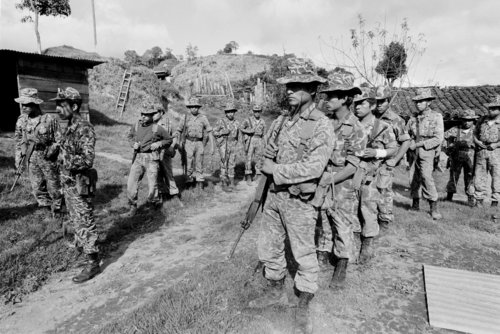
READ ALSO » Top 10 Deadliest Wars In Human History
The Guatemalan Civil War, spanning from 1960 to 1996, was a 36-year-long conflict between Guatemalan rebels and the government. This protracted struggle was ignited six years after a U.S.-backed coup ousted the democratically-elected leader of Guatemala. It was characterized by guerilla attacks on government forces, giving rise to a period marked by kidnappings, torture, executions, and widespread violence, particularly targeted at the Mayan population.
Despite frequent shifts in power through elections or coups, the war persisted until 1996, when Alvaro Arzu successfully negotiated a peace agreement. The conflict claimed the lives of an estimated 200,000 individuals.
6. Vietnam War

The Vietnam War, spanning from 1954 to 1975, was a lengthy and complex conflict involving the communist government of North Vietnam and its South Vietnamese allies, collectively known as the Viet Cong, facing off against the government of South Vietnam with its primary supporter, the United States. Referred to as the American War within Vietnam, it was a significant component of a broader regional conflict (see Indochina wars) and served as a manifestation of the Cold War rivalry between the United States and the Soviet Union, along with their respective alliances.
7. War in Afghanistan

The Afghanistan War, which commenced in 2001 in response to the September 11 attacks, unfolded in three distinct phases. The initial phase, lasting a mere two months, focused on toppling the Taliban a rigidly conservative political and religious faction that governed Afghanistan and sheltered the perpetrators of the September 11 attacks, al-Qaeda.
The second phase, spanning from 2002 to 2008, saw the U.S. adopt a strategy of both military engagement against the Taliban and the reconstruction of crucial institutions within the Afghan state. The third phase, initiated in 2008 and intensified by U.S. President Barack Obama's 2009 decision to temporarily bolster troop numbers, adhered to classical counterinsurgency doctrine. This larger force was deployed to shield the population from Taliban assaults and assist in the reintegration of insurgents into Afghan society. Despite these efforts, the strategy largely fell short of its objectives.
Insurgent attacks and civilian casualties remained persistently high, and numerous Afghan military and police units, assuming security responsibilities, appeared ill-equipped to withstand the Taliban's advances. When the U.S. and NATO combat mission officially concluded in December 2014, the Afghanistan War had stretched over 13 years, making it the lengthiest conflict in U.S. history. The toll on American military personnel included approximately 2,400 service members killed and some 20,700 others wounded.
8. World War II
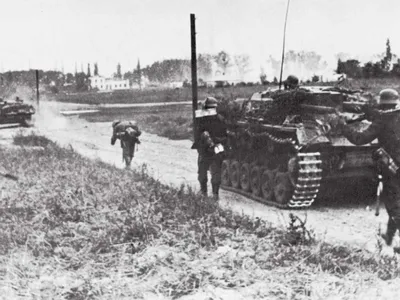
World War II, also known as the Second World War, was a global conflict that spanned nearly every corner of the world from 1939 to 1945. The main parties involved were the Axis powers Germany, Italy, and Japan and the Allies, which included France, Great Britain, the United States, the Soviet Union, and, to a lesser extent, China.
This war, in many ways, was a continuation of unresolved tensions left in the wake of World War I, following an uneasy 20-year interlude. With an estimated 40 to 50 million lives lost, World War II stands as the deadliest and largest conflict in human history.
9. The Achinese War
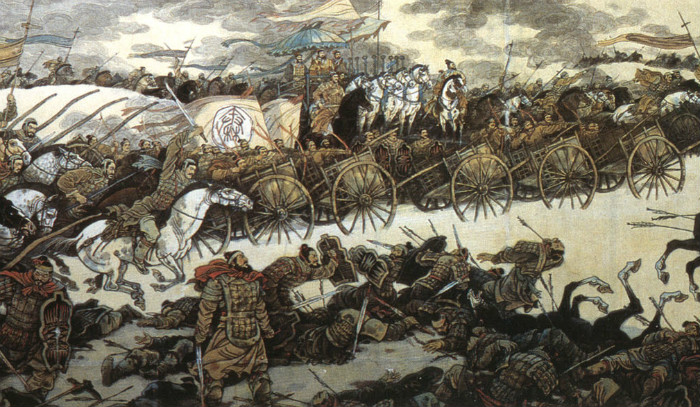
READ ALSO » Top 10 Longest Ruling Kings In Nigerian History
The conflict that unfolded from 1873 to 1904, lasting 31 years, emerged from Dutch efforts to consolidate their dominion over the Dutch East Indies, present-day Indonesia. In 1873, the Dutch launched an assault on the Sultanate of Aceh, an autonomous kingdom on Sumatra, seeking to control the region's lucrative black pepper trade. While the Dutch successfully seized the capital, Kutaraja, in 1874 and declared victory, they gravely underestimated the Acehnese.
The Acehnese resorted to guerrilla warfare, prolonging the war and leading to territorial shifts over the course of three decades. In the late 1890s, the frustrated Dutch initiated a scorched-earth campaign, resulting in the devastation of Acehnese villages and the tragic loss of thousands of civilian lives, including women and children. By 1903, the Dutch had effectively secured victory, although skirmishes persisted in certain pockets of the region until 1914.
Presently, Aceh stands as a province of Indonesia, a nation that gained independence from the Netherlands in 1949. This prolonged conflict claimed an estimated 90,000 lives.
10. Great Northern War
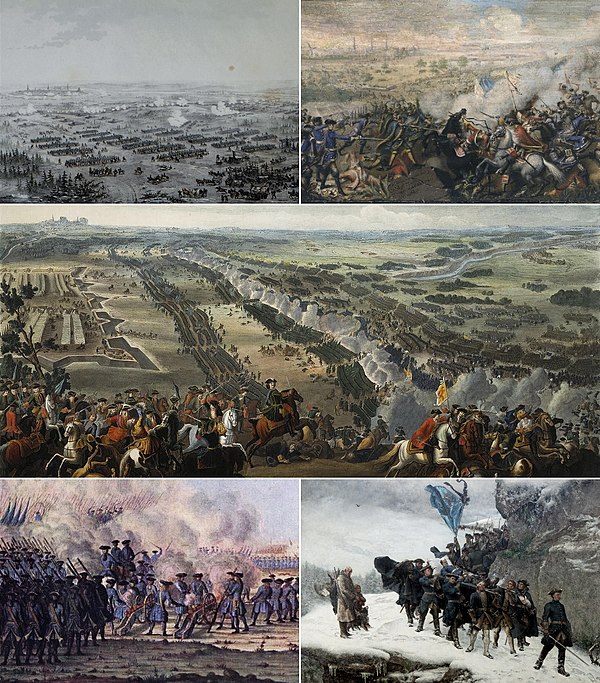
The war that spanned from 1700 to 1721, lasting 21 years, pitted Russia, led by Peter the Great, against the Swedish Empire, under the command of Charles XII. Throughout the conflict, various allies joined the fray on different sides, including Denmark-Norway, Poland-Lithuania, the Ottoman Empire, and Great Britain whose allegiance shifted at various points during the war. Ultimately, Russia emerged victorious, heralding a profound shift in the European power dynamics.
The once-mighty Swedish Empire was significantly diminished, transitioning into a minor player on the European stage. Conversely, Russia was officially designated as the Russian Empire, with Peter the Great assuming the title of its inaugural emperor. This triumph marked Russia's ascent as a major global force. Historians estimate that the war's toll, encompassing battle casualties as well as deaths stemming from disease and famine brought on by the conflict, exceeded 300,000 lives.
